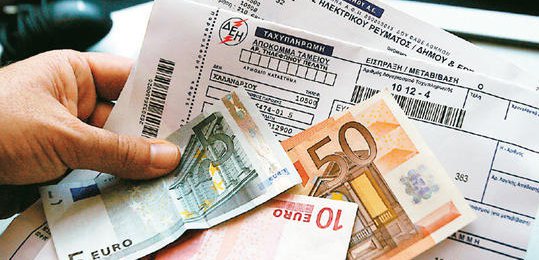The energy ministry is working on revising property and income criteria applied to determine the eligibility of underpriviledged households for electricity tariff discounts, and levels, offered through the Social Residential Tariff (KOT) program.
RAE, the Regulatory Authority for Energy, has proposed discounts of 20%, 40%, 60% and 80%, depending on property ownership and income levels.
Certain households currently benefiting from the KOT program’s discounts will be disqualified while others will be added once the changes being prepared start taking effect over the next few weeks. The revised criteria are expected to be finalized by the end of September.
As part of the process, authorities are examining whether property owned by KOT applicants is contributing to their income levels. If not, then this criterion is not expected to hamper their discount applications.
The top-level 80 percent discount will be made available to numerous households living below the poverty line.
The overall KOT-related monitoring effort is being intensified to exclude less troubled, and in some cases, affluent households benefiting from electricity tariff discounts.
The KOT program’s cost is seen rising from its current annual amount of roughly 80 million euros to 100 million euros.
This electricity tariff discount program is financed by Public Service Compensation (YKO) surcharges included on electricity bills. The surcharges are also used to fund high-cost electricity generation at units operating on the country’s non-interconnected islands.
RAE has proposed that part of the total YKO cost be funded directly through the state budget. There has been no further news on this prospect.





